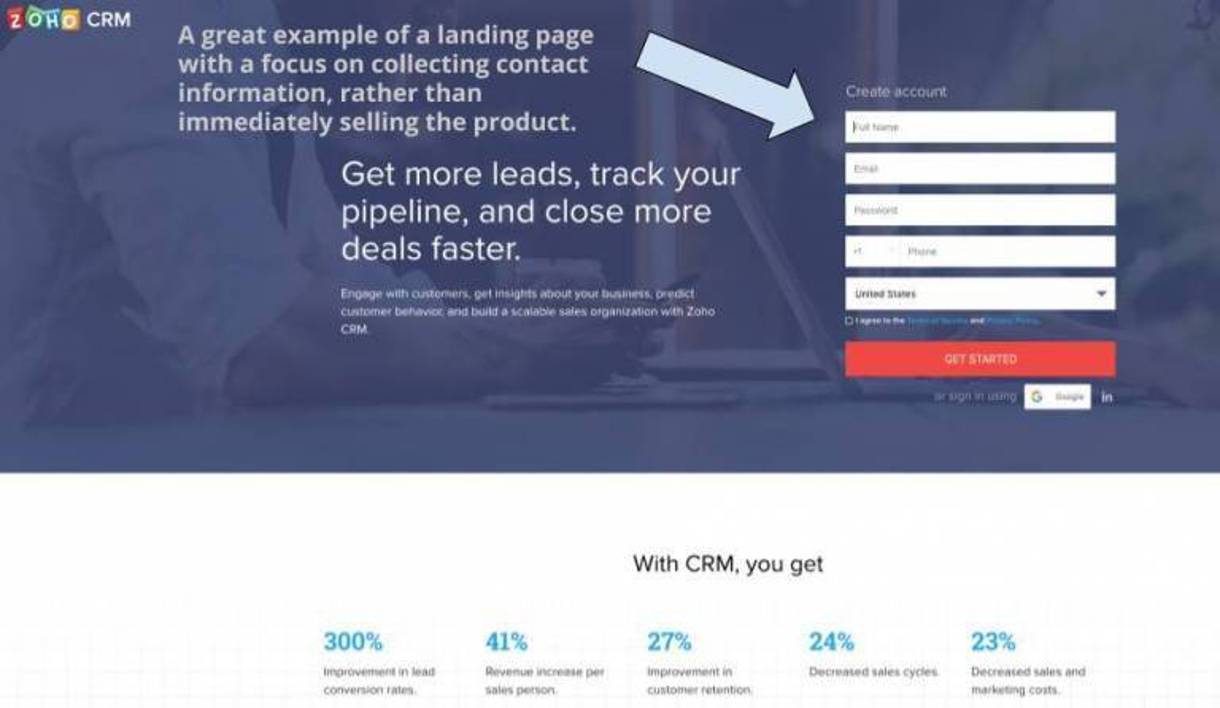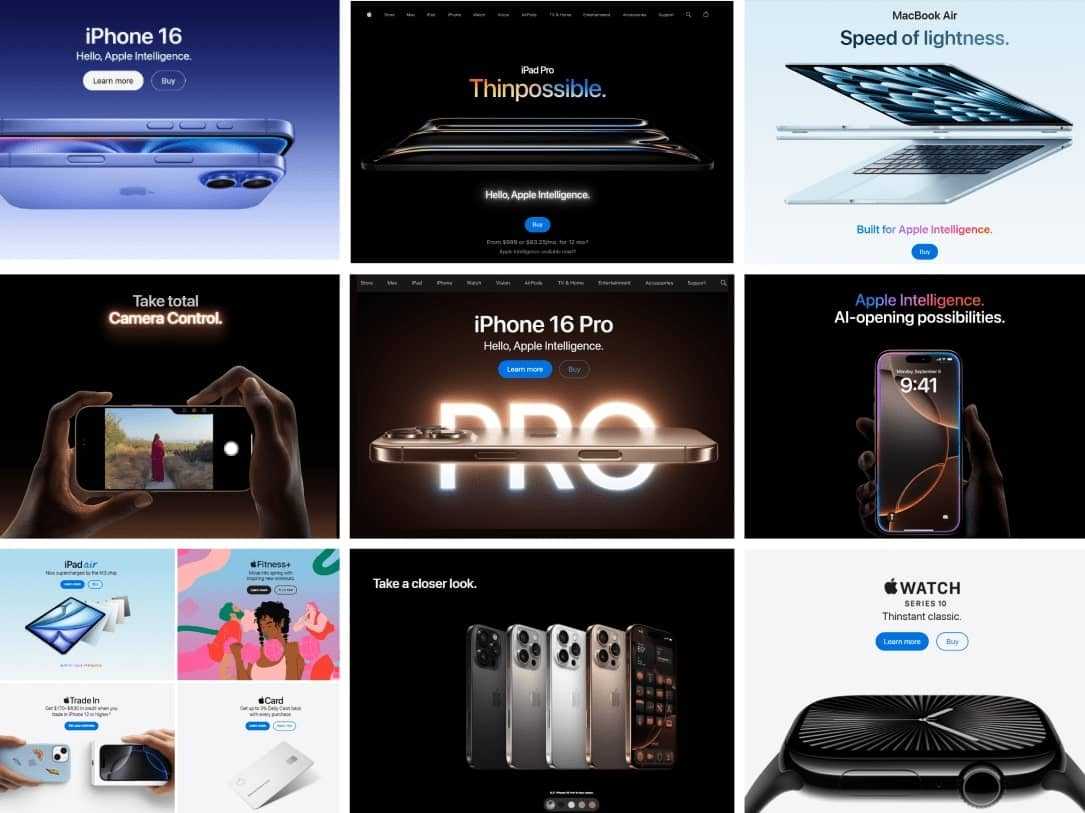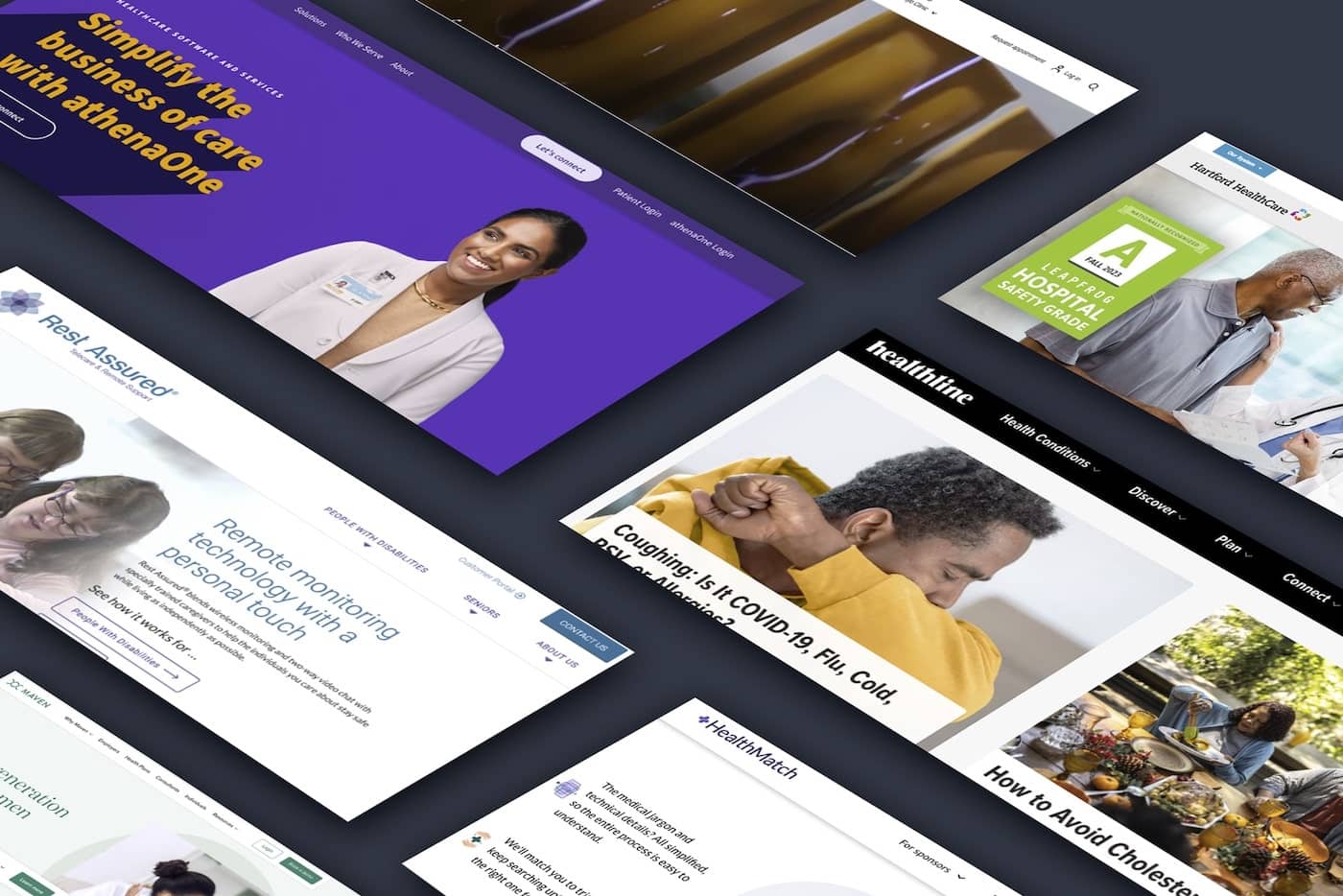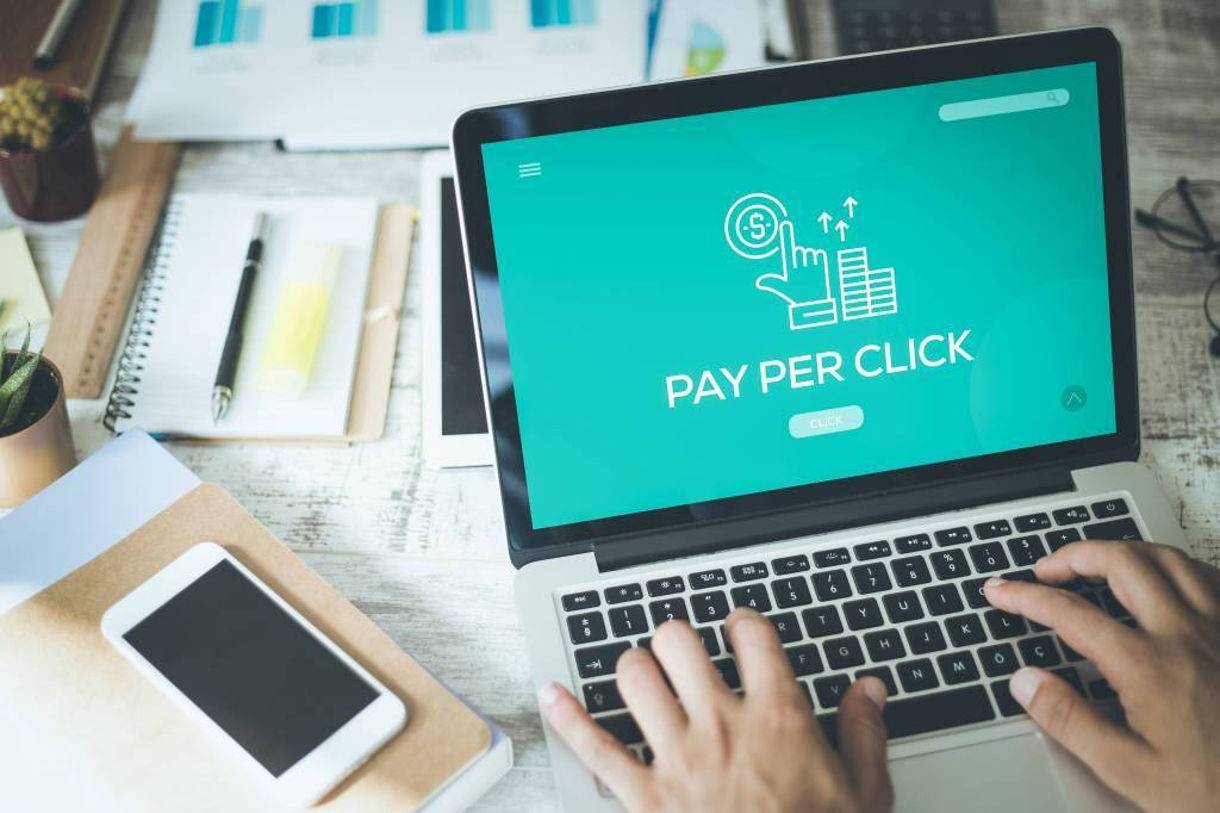

PPC Advertising: How B2B Companies Can Increase Lead Generation
Pay-per-click (PPC) advertising is an essential part of an effective digital marketing strategy for any business-to-business (B2B) company seeking to increase lead generation.
PPC advertising allows businesses to showcase their products and services when users submit keyword-relevant queries into search engines like Google and Bing. These ads are displayed at the top of a search engine results page (SERP), and only cost the business money when a user clicks on their ad.
The amount a company decides to bid on a keyword directly impacts where their ad will be located within a SERP. This bidding process is known as Ad Auction, and it's part of an algorithm that search engines use to determine the order and location of ads displayed in search results.
Imagine you want to target web users who work for property management companies that own several apartment housing communities, specifically those seeking property management software that enables residents to do things like submit maintenance requests and pay their monthly rent. The keywords you select for this ad campaign, in tandem with the amount you choose to bid on those keywords, impacts where your ad will be displayed on a SERP like this:
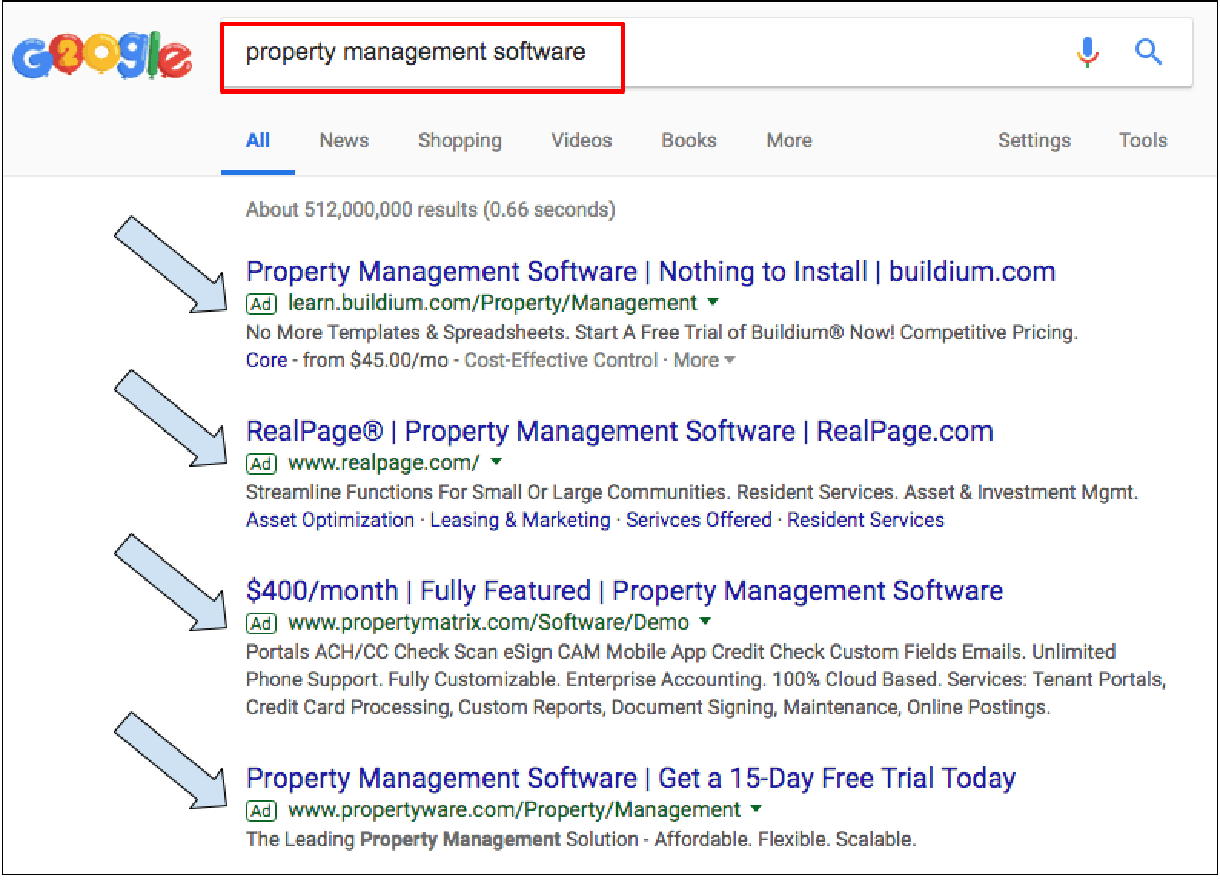
A search for keyword "property management software" displays PPC ads at top of results
The Benefits of PPC Ads for B2B Companies
A well-thought-out PPC strategy can lead to major benefits for B2B companies. PPC ads are more than just good placement on a SERP––they can vastly increase your company’s ROI, brand awareness, website traffic, and more.
Let’s break down the benefits B2B companies can expect from implementing the proper PPC strategy:
Lead Generation
It’s no surprise that B2B business owners are always seeking more qualified leads. Many B2B business owners offer products and services that serve a niche audience, so these qualified leads are much harder for them to find than for B2C business owners. The sales cycle is also a much longer process for B2B companies, making high quality leads an even higher priority. In order for B2B business owners to continually grow their businesses, they must have websites designed differently than B2C websites in order to facilitate a steady flow of new prospects into their b2b sales funnels.

PPC ads can bring more leads into b2b sales funnels
PPC advertising gives companies the ability to bring in relevant, high-quality leads through organic search. Ads that are focused on the right keywords will match a user’s search intention and direct them to well-designed B2B website pages, where they can share their contact information to learn more about the product or service that got their interest. As PPC ads add more quality leads to the funnel, they could potentially turn into more sales.
Specific Targeting
If you know the demographics of your target audience(s), PPC ads allow you to cater specifically to those individuals by providing the ability to serve ads to users of varying:
- Age ranges
- Genders
- Education levels
- Income levels
- Geographic locations
- Career types
- Parental statuses
- Ethnicities
- Languages
- And more
Having the option to both select the exact audience you want to target, and also specify the audience types you want to exclude, allows your ads to perform better because they will be exposed to the right people. This increases your click-through-rates (CTR) and conversion rates as well, which can both improve the ROI of your ad budget.
For B2B companies, these benefits are particularly advantageous because the audiences they're trying to reach are so niche. B2B businesses can engage their exact target audience instead of wasting valuable dollars serving ads to irrelevant audiences.

PPC ads can target many different audiences and demographics
Budget Control
Since PPC ads literally mean that you only pay-per-click, you’re essentially only paying for guaranteed website traffic. As we mentioned earlier, the price you pay to run an ad will be dependent on the cost of the keywords you decide to center your ad around.
Keywords with a higher search volume are more competitive, which ultimately means they will be more expensive because more B2B businesses are competing with you to claim space on the SERP that’s relevant to the high volume keyword.
Let’s use this blog post you're reading right now as an example. If we wanted to run a PPC ad to promote this post, we might research keywords related to “b2b” or “ppc.” Depending on our budget, we would have to make a decision on whether we wanted to bid on a competitive keyword like “ppc advertising” or bid on a lower volume keyword like “ppc services.” While determining which keywords to bid on can be challenging, it’s refreshing to know the person who decides to run the ad is always in control of bidding.
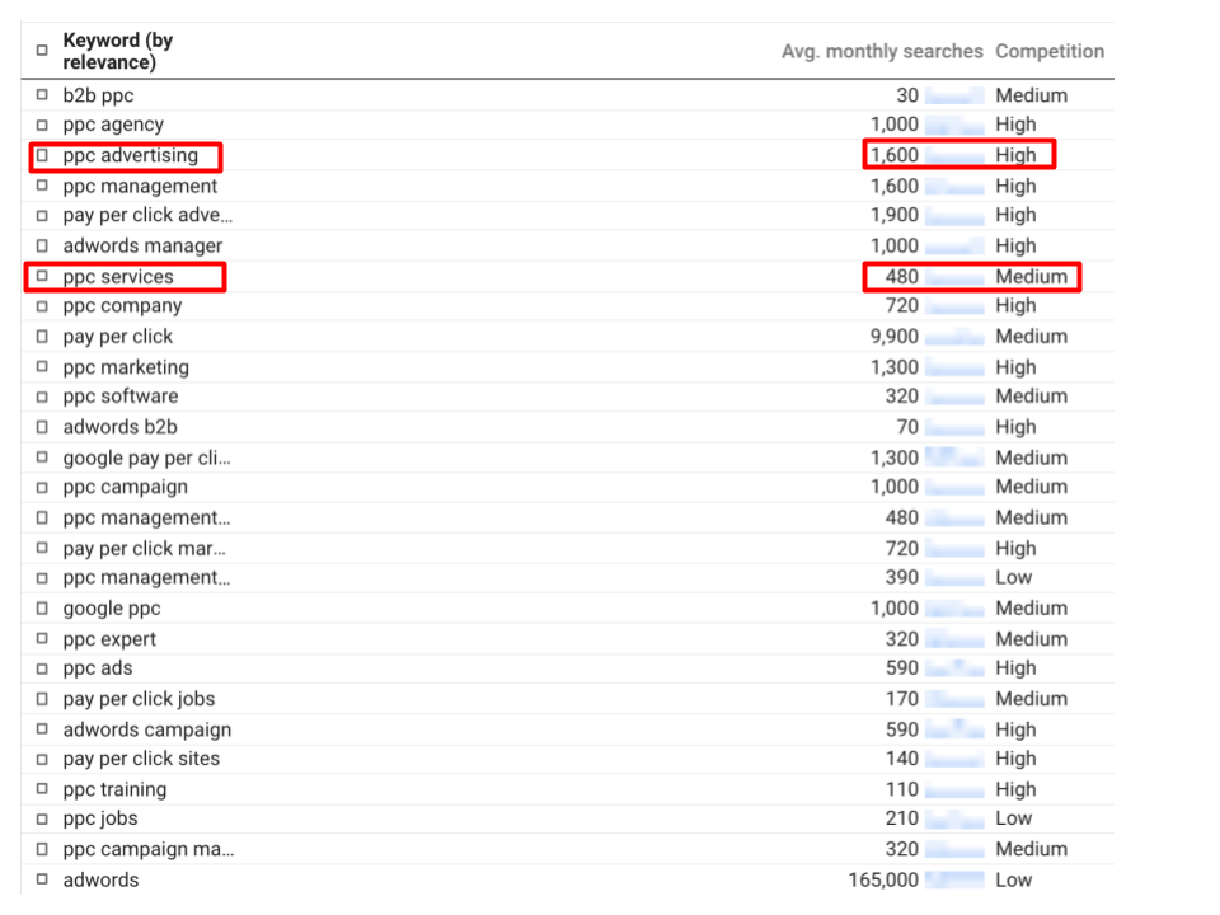
Some PPC keywords are more competitive than others
PPC Advertising Tips and Tricks
Keyword Research
Before you can get a PPC ad up and running, it’s vital for proper keyword research to be conducted. For B2B, it’s particularly important to try and “think like the person searching for you". Think about keywords related to your products and services, and how your audience might enter that information into search queries. Furthermore, consider emerging voice search trends and think of the different verbiage your audience might use when performing a spoken query.
Once you’ve identified keywords specific to your business and industry, start thinking of long-tail keywords. Generally, long-tail keywords will have a lower search volume, but they’re more focused and attract higher-quality leads. There are also general, B2B-specific terms often used by other businesses searching for products or services that can be added to your industry-related keywords to make them long-tail keywords, like:
- [keyword] Company
- [keyword] Provider
- [keyword] Supplier
- [keyword] Vendor
- [keyword] B2B
- [keyword] Distributor
- [keyword] Manufacturer
For example, a third party logistics (3PL) company might want to use “3PL” as a keyword. Naturally, a phrase this common would likely have a lot of search volume, which means a lot of competition as well. To take the quality over quantity route, a preferable long-tail keyword might be something like “top 3PL companies” or “3PL service providers.”
Long-tail Keyword: A keyword phrase containing at least three words that's often used to target specific demographics rather than large audiences.
Another helpful tip is to research the keywords your competitors are using. The easy (and free) way to do this? Type industry-related keywords into a search query on Google or elsewhere, then observe which of your competitors show up (Pro-tip: In addition to doing this on your regular browser, also do this using a private browser or incognito mode so that any cookies or cached data on your computer doesn't affect your search results). Read the ads displayed for you, and pay attention to the language and verbiage your competition is using in them.
Use tools like Google Keyword Planner or Moz Pro to look deeper into the top ranking keywords your competitors are using. These tools provide valuable insights like keyword ranking, monthly volume, and bidding difficulty.
Planning PPC Campaigns and Ad Groups
Once a solid keyword list has been compiled, it’s important to begin splitting them up into campaigns and ad groups. A campaign is generally composed of various ad groups. Think of each campaign as a book, and each ad group within a campaign as a chapter.
To clarify, we’ll use ourselves (DBS Interactive) as an example. We offer digital marketing services that could be used to create a campaign. Each specific service related to digital marketing would have its own ad group focused on a specific subset of keywords:
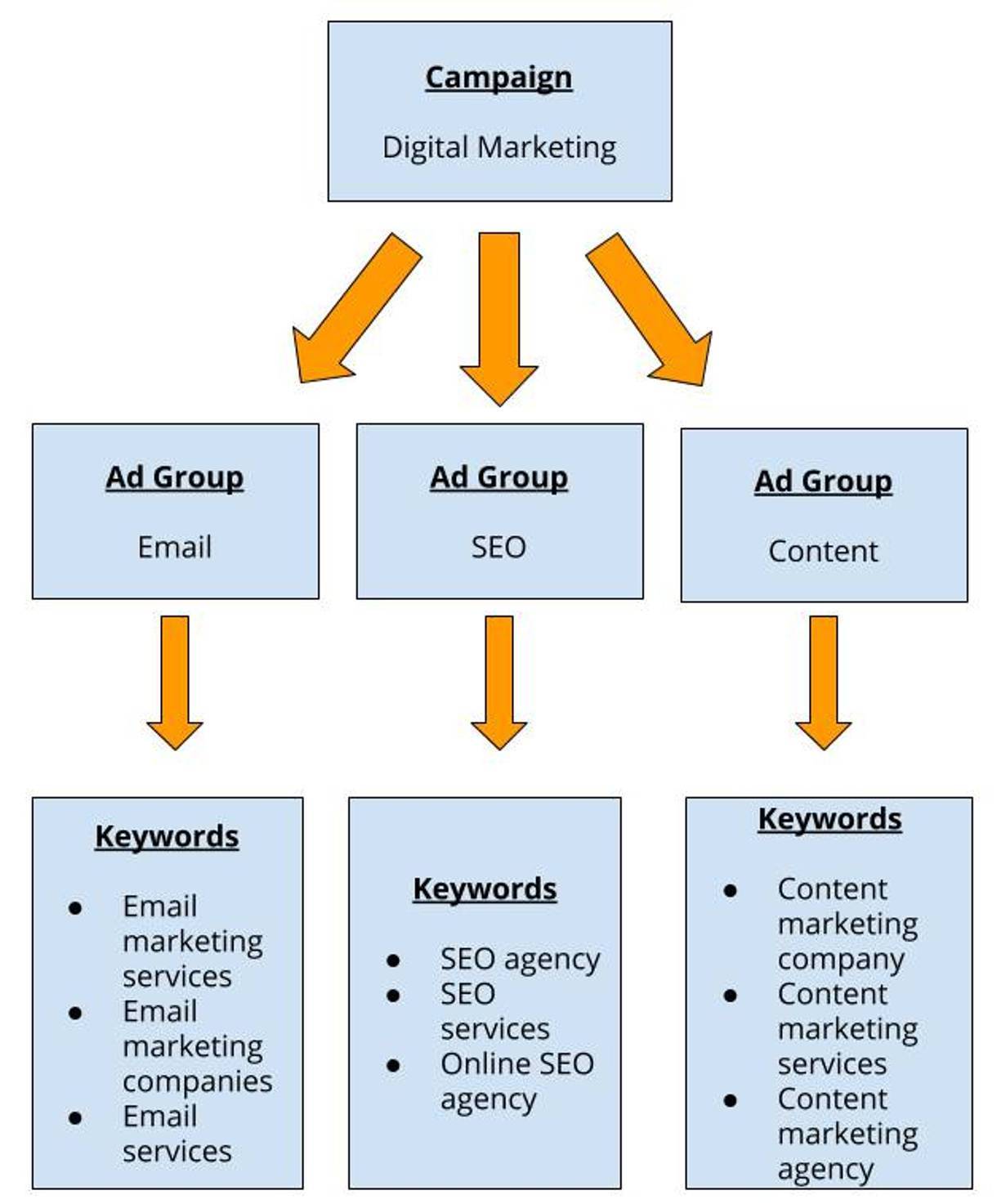
A robust digital marketing campaign deploys different ad groups
Focusing campaigns around services, products, or various target audiences like this can result in more effective digital strategies. Just be sure that your ad campaigns are well thought-out and designed to help you achieve your goals. Continually tracking analytics and performance of campaigns, ad groups, and keywords will best position you for PPC ad success.
Focused Landing Pages
For PPC ads that are intended to generate new leads, it’s important that the landing page for that ad is focused on capturing email addresses and contact information, rather than selling a product or service.
Let’s say you’re a B2B manufacturing company that’s in the market for a new customer relationship management (CRM) software platform. You decide to search for “CRM software platform” on Google and click the top result. You’re likely wanting to do some initial research on the company before making a purchase. You might want to sign up for a free trial or get in touch with a sales representative to learn more.
In this scenario, it’s crucial that your landing page allows the user to easily fill out a contact form to learn more. As you can see in the example below, CRM software company Zoho does a good of not only briefly showing the benefits of their product, but also ensuring that a contact form is visible on the top fold of the page.
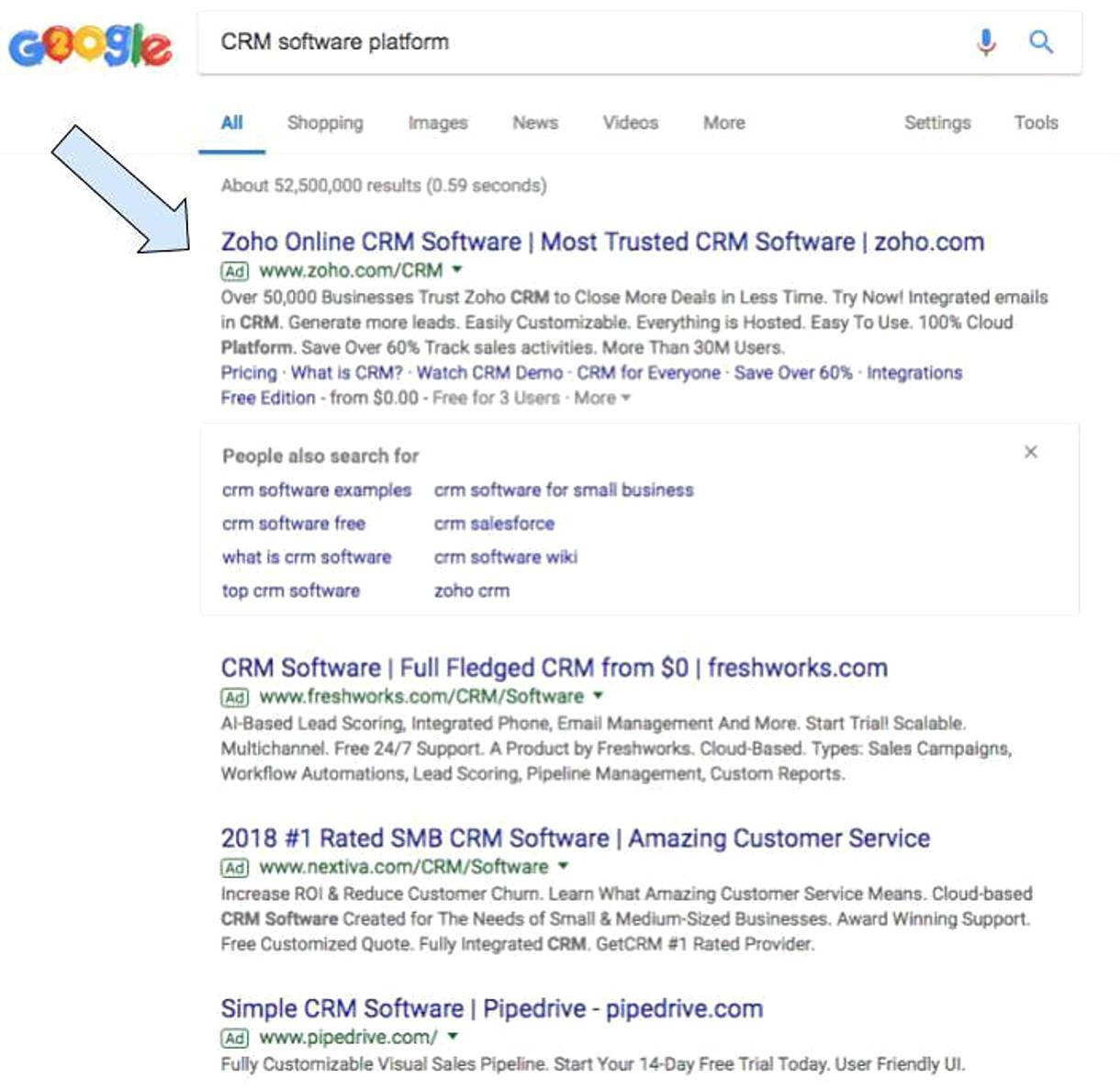
Ad Copy
The copy of a B2B PPC ad can be the difference on if you get a click, form fill out, or ultimately a sale. Ad copy for a B2B PPC ad needs to:
- Be Specific: Be detailed about your products and services so your audience knows exactly what it is that you’re offering.
- Show Value: How can your audience benefit from your products or services? What problems does what you’re selling solve for them?
- Show Credibility: Is your product a “best-seller” or are your services “award-winning” ? Let your customers know your products and services are credible and recommended by others within the industry.
It's also important to keep your ad's audience and target personas in mind. Is it a marketing manager, purchaser, or C-suite executive? The voice and tone of your ad copy should change depending on which type of persona you’re targeting. If you can write your ad content specifically to the type of person you want to click the ad, you’ll better position yourself to get clicks, form fills, and sales.
B2B and PPC are Better Together
B2B companies who use PPC ads effectively can greatly increase their leads, move prospects through B2B sales funnels faster, and ultimately sell more of their products and services. PPC ads allow B2B companies to specifically target exactly who they want to attract in their niche industries, and at a more affordable price.
Connect with our team of digital marketing experts to learn more about how an effective PPC advertising strategy can help your business.
